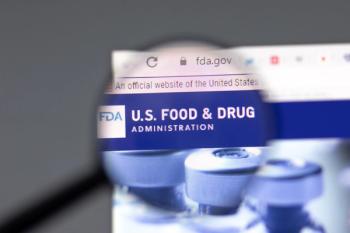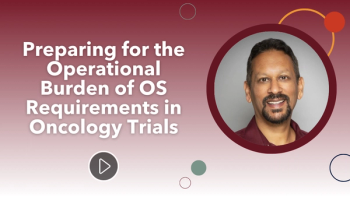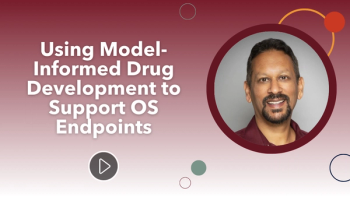The good news about FDA’s breakthrough drug initiative is that it actually appears to be accelerating clinical development of highly promising new therapies - as opposed to just speeding up the agency’s approval process, as with other FDA options for expedited approval. A recent analysis by Friends of Cancer Research (FOCR) finds that pre-market development time for breakthrough-designated drugs is 2.2 years shorter than for those without the BT imprimatur (see http://www.focr.org/news/nature-impact-breakthrough-therapy-designation-cancer-drug-development). FDA has granted BT status to more than 100 experimental therapies since the BT program was established by Congress in 2012, about one-third of the more than 300 BTDRs (breakthrough designation requests) that have been submitted. Even more important, the program has helped bring some 40 new breakthrough therapies to market, many benefitting from faster development and application review by FDA. That includes a new treatment for a serious form of chronic lymphocytic leukemia (CLL) developed by AbbVie and Genentech, based on a single-arm study that showed an 80% response rate in patients with a specific genetic marker (see http://www.fda.gov/NewsEvents/Newsroom/PressAnnouncements /ucm495253.htm). These reductions in development time were applauded by Janet Woodcock, director of the Center for Drug Evaluation and Research (CDER), at a recent Congressional briefing on the breakthrough program sponsored by FOCR. She and others noted that more streamlined clinical testing has been helped by the additional assistance provided by FDA reviewers to sponsors in designing efficient development programs, often with shorter, smaller clinical trials; FDA often agrees that a single arm trial with fairly few patients may suffice if treatment effect appears very large. Further efficiencies in drug development should come from new research models that combine multiple agents and combination products, instead of testing mono therapies one at a time. Woodcock is looking for the benefits achieved by the breakthrough program to lend support for “rethinking how we do drug development.” The need to identify sites, recruit patients, negotiate research agreements, and enlist a new CRO for every trial are “rate limiting steps,” she noted. Instead, the research community should establish standing clinical trials able to investigate multiple options and combination products. “What eats up time” in drug development is not conducting the trial or reviewing the application, but setting up the infrastructure to conduct the research, which “takes forever,” Woodcock commented. Gains in speeding drug development don’t only come from shorter trials, but from doing trials differently so that they can answer multiple questions about a disease and its treatment.







.png)



.png)



.png)
.png)
